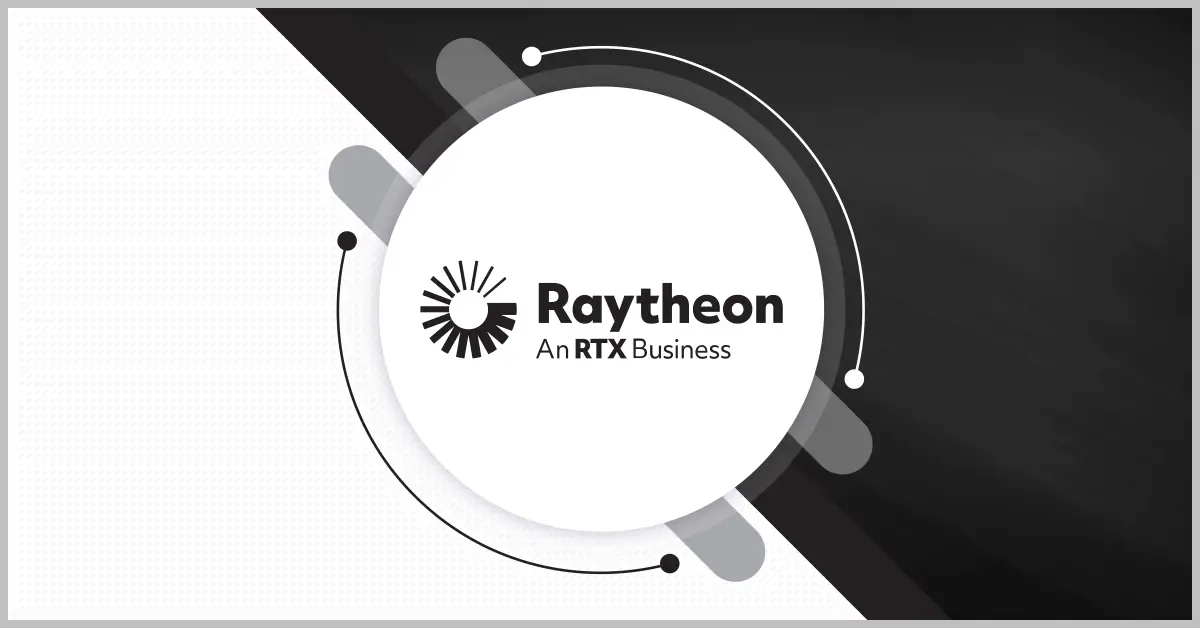As the nature of threats continues to evolve, novel technologies, such as artificial intelligence, the cloud and numerous others, have grown in priority as the U.S. works to maintain its information advantage.
Military service officers and executives who took part in a panel discussion Wednesday at ExecutiveBiz’s Information Warfare Forum said the benefits of emerging technologies are clear, but they believe that fully integrating these tools into warfighting operations must begin with people.
Col. Christopher Kennedy, commander of Space Delta 6 for the U.S. Space Force, noted artificial intelligence as just one new technology being integrated into military operations.
“Using personnel to look for anomalies in data, adversary activity or insiders is just not tenable. Using AI, automation and signature based tools to really comb through data can give us confidence in the current operations of our systems and help us defend them,” he said.
To attain such technological advantages, Elizabeth Chamberlain, associate director for cyberspace operations and warfighter communications, A2/A6 for the Department of the Air Force, said that “operator buy-in” is critical.
Chamberlain shared that as a targeter in her early career, she was trained using lengthy manuals, which taught her to understand the data sources and mathematics behind what she was doing. When the department moved to more automated methods, she said, they realized that there was “a gap in our education and a gap in trust.”
“If we are really going to be able to apply AI at speed, there is a senior level degree of buy-in, there is an operational degree of buy-in and there is also that user level of education that we need to incorporate,” said Chamberlain.
Peter Reddy, executive director of the Naval Information Warfare Center Atlantic at the Department of the Navy, added that the asymmetric advantage of people also encompasses other supporting parties, such as the technical workforce, government employees and industry.
Within the Navy, Reddy said that collaboration with industry has been a major part of its cloud implementation process as the service branch moves to fully adopt the technology. He noted the areas of command and control and the electromagnetic spectrum as other spaces with room for rapid innovation that can be achieved by working alongside industry and other nontraditional partners.
For the Space Force, industry has played a major role in upgrading the service branch’s launch capabilities, allowing it to more quickly and cost-effectively send what it needs into space, according to Kennedy.
Reddy said that to fully embrace these “transformational” new technologies, public sector adopters must be ready and able to pivot and “take advantage of the military side as industry provides those opportunities.”
Reiterating the importance of military staff in the technology evolution process, Chamberlain said that the services must invest in their people and make them more aware of the “realm of the possible.”
“If we are going to make that leap, that genuine leap forward, we have to invest in our young people. We have to teach them to move away from that decentralized control paradigm to a mission command orientation where we empower them,” she stressed.

The Potomac Officers Club is hosting its 9th Annual Defense R&D Summit, which will connect notable GovCon leaders to discuss defense R&D challenges and priorities, on March 23. To learn more and register to attend, please visit the Potomac Officers Club events page.







